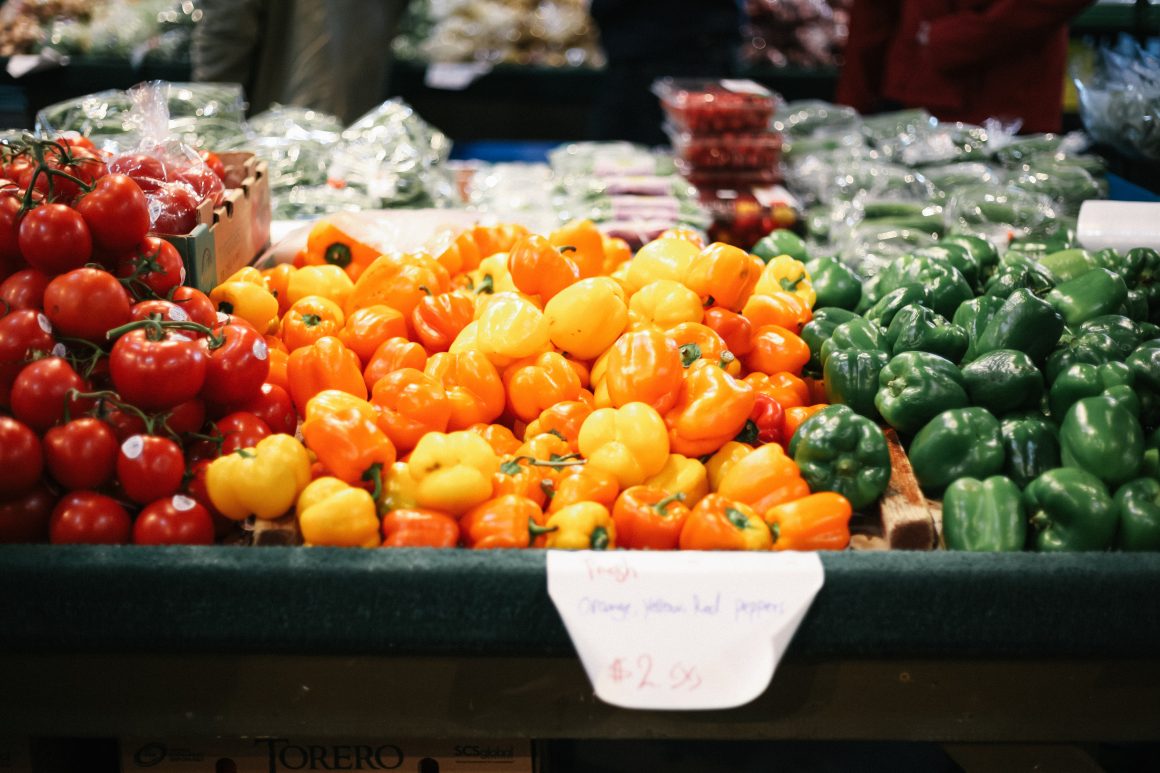
Sustainable U: Cornucopia or conundrum — food banks and food security
By Rachneet Randhawa, April 27 2021—
Many of you are likely aware of your local food bank and have either used it or contributed to it over the years through competition-friendly school campaigns or charity drives. And all the while, you felt that you were genuinely contributing to a benevolent initiative to help at least one hungry soul. This is of course true, but only to a certain extent.
Often overlooked is the concept that a food bank is a temporary and band-aid solution to the persistent long-run problem of food insecurity. If anything, food banks have gone from feel-good, small pantry initiatives lending a hand, to becoming a full-on dependency for some and a social welfare net federal and provincial governments have failed to provide for. Other issues with food banks include cost and storage facilities for the food and lack of being able to meal plan with non-perishable items. Although they are well-intentioned, food banks do not provide a dignified approach to accessing nutritious and healthy foods.
In an ideal and inclusive world with appropriate public policy measures addressing all realms of intersectionality, there would be a guaranteed basic income or allotted food allowance system that would allow those who are food insecure to afford food and purchase directly from retail grocers. This would take into account that the food bank usually excludes diverse ethnicities who might find the food items received from the food bank lackluster or inefficient for their dietary needs.
Food security is defined as all people at all times having physical, social and economic access to sufficient, safe and nutritious food that meets their food preferences and dietary needs for an active and healthy lifestyle. Overall, poverty, malnutrition and food insecurity are deeply interconnected and interrelated systemic problems.
Food security is measured by four key aspects. Firstly, availability, which is the level of food production, stock levels and net trade. Secondly, access, which involves the incomes, expenditures, markers and prices. Thirdly, utilization, which includes the feeding practices and nutrient intake for maintaining energy levels including food preparation, diversity of the diet and intrahousehold food distribution. And lastly, stability, which takes into account socioeconomic factors including unemployment, rising food prices, political instability or adverse weather conditions which might negatively influence food security status. Food security also ranges from chronic to transitory due to fluctuations in compliance, cropping patterns, work opportunities or labour demand and disease.
Food Deserts have emerged in certain areas in the city and surrounding regions that lack access to healthy foods. They are called “deserts” because acquiring nutritious foods is incredibly difficult due to being in a remotely displaced location to any grocery retailers — not just somewhere offering processed snacks from nearby convenience stores.
Health disorders such as obesity and diabetes are not uncommon in food deserts. If one does happen to come across an “oasis” of nutritious and real food, the price mark up is ridiculous and seen illustrated as the worst-case scenario by Indigenous communities in the Northwest Territories. Ninety per cent of survey participants expressed reducing, skipping or altogether not being able to afford to eat with some even paying $20 for a carton of milk or dropping $100 on a case of water bottles.
What are some alternative options to the food bank? For one, recognizing that food security is a systemic issue and can be remedied by policy changes for a basic food allowance. This would allow those who are food insecure, including welfare recipients, to purchase fresh and nutritious whole foods independently. And secondly, investing in local initiatives such as seasonal urban and organic farms, including affiliated community gardens or communal kitchens. Or better yet, community kitchens in which food-insecure individuals can drop in and prepare a meal on-site with help from their community members.
Sustainable U is a regular column focused on sustainability. This column is part of our Opinions section and does not necessarily reflect the views of the Gauntlet’s editorial board.
